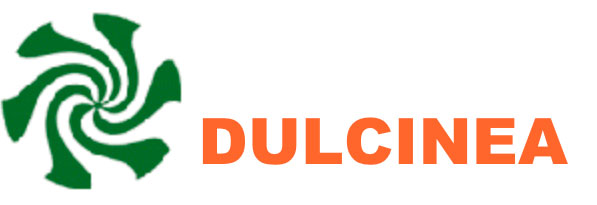Nanoscale evaluation of the dynamic interface and corrosion resistance of the chemically generated oxide film on dental vitallium alloy in simulated physiological solution
(Elsevier BV, 2025-03) Bassit, Manal; Boudalia, Maria; Bhoelai, Mitra; Bellaouchou, Abdelkbir; García Antón, José; Amin, Hatem M. A.
[EN] Various biomaterials including Vitallium alloys are frequently utilized in medical applications, in particular as dental materials. A fundamental prerequisite for their application is their biocompatibility, mechanical stability, and corrosion resistance in the oral cavity. Herein, the corrosion resistance of a ternary CoCrMo alloy, namely Vitallium, was investigated in a simulated physiological medium, 0.9 % NaCl saline solution, at body temperature over various immersion times. The corrosion behavior and surface passivation were evaluated using open circuit measurement, potentiodynamic polarization, electrochemical impedance spectroscopy (EIS), Mott-Schottky analysis along with X-ray diffraction (XRD), scanning electron (SEM) and atomic force (AFM) microscopy. To assess the stability of the created passive film, the study was performed over 7 days of immersion in the saline solution. The electrochemical polarization tests revealed a decrease in the corrosion current along with an increase in the corrosion resistance after 168 h. Furthermore, EIS showed an improvement in the protective properties of the passive film with prolonged exposure. This was confirmed by ICP-AES analysis. Additionally, this chemically generated passive film exhibited n-p type semiconductor characteristics, with increasing thickness and fewer defects over the immersion time, making it more protective. XRD analysis revealed only a gamma-phase with a face-centered cubic structure. Importantly, the microstructure and roughness parameters of the alloy surface were evaluated with prolonged exposure to the corrosive medium at the nanoscale using SEM-EDX and AFM. Results elucidated that the origin of the corrosion resistance of Vitallium stems mainly from the formation of a passive layer.
Lean constructions barriers in Jordan s building sub-sector: A
comprehensive knowledge framework
(Ain Shams University, 2024-03) Hyarat, Esraa; Montalbán Domingo, María Laura; Pellicer Armiñana, Eugenio
[EN] Lean Construction (LC) is a managerial approach to tackle productivity concerns. Minimize waste and address prevalent challenges in the construction industry. Despite that, this approach is still fresh in developing countries. This research aims to explore the barriers to LC implementation in the Jordanian building sub-sector, and develop a suggested framework that helps to connect these barriers. To achieve these objectives, 27 barriers were extracted from the literature review and modified based on academic professionals' opinions. The research methodology depends on the quantitative approach, where these barriers form the content of a questionnaire survey distributed to Jordanian building professionals; a total of 207 responses were returned and analyzed by different statistical analyses: Mann-Whitney U, Principal Component Analysis (PCA), and Linear Regression. The results indicated that the building professionals in Jordan needed a higher awareness and knowledge of the LC. Furthermore, the main finding of this research demonstrates that knowledge barriers are the ones preventing the implementation of LC in the Jordanian building sub-sector; these barriers are: lack of training in LC, lack of knowledge of LC concepts, and lack of knowledge about LC implementation. In addition, the remaining barriers were grouped into three groups based on PCA results: government, attitude, and resource. Moreover, the results include a suggested knowledge framework that helps overcome the knowledge barriers after studying the connection between them and the other groups of barriers.














